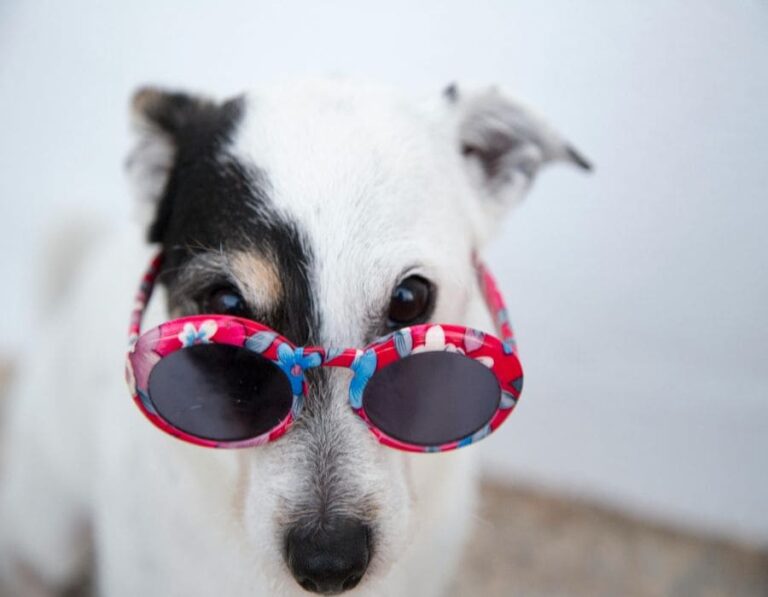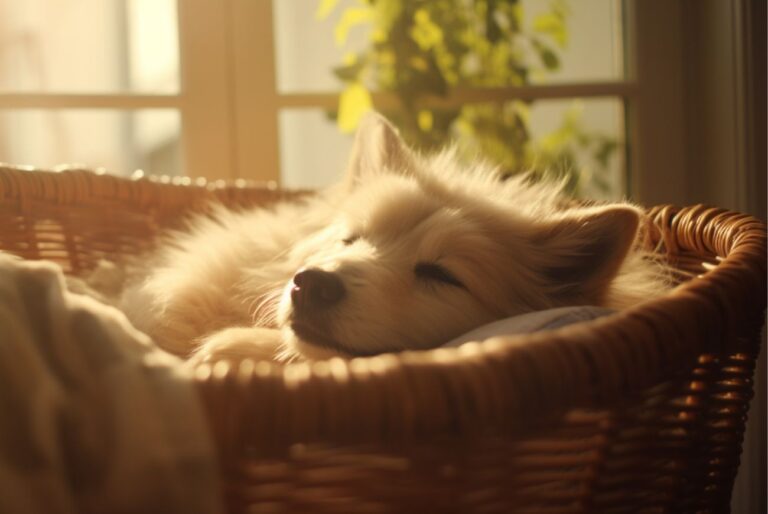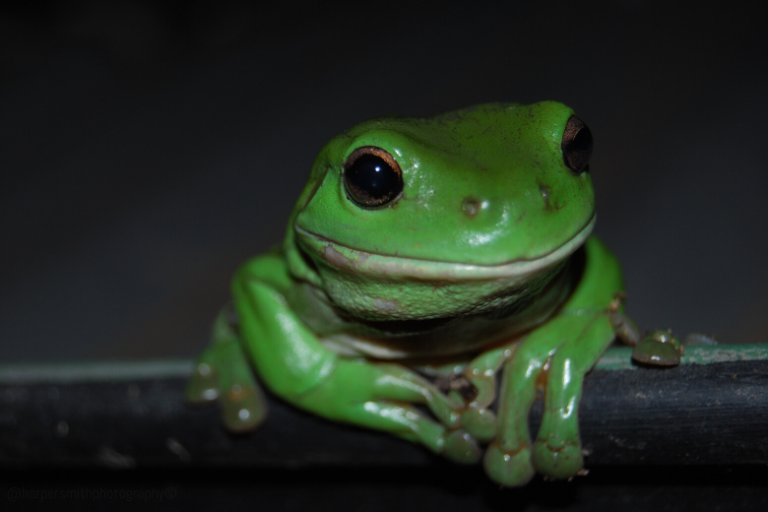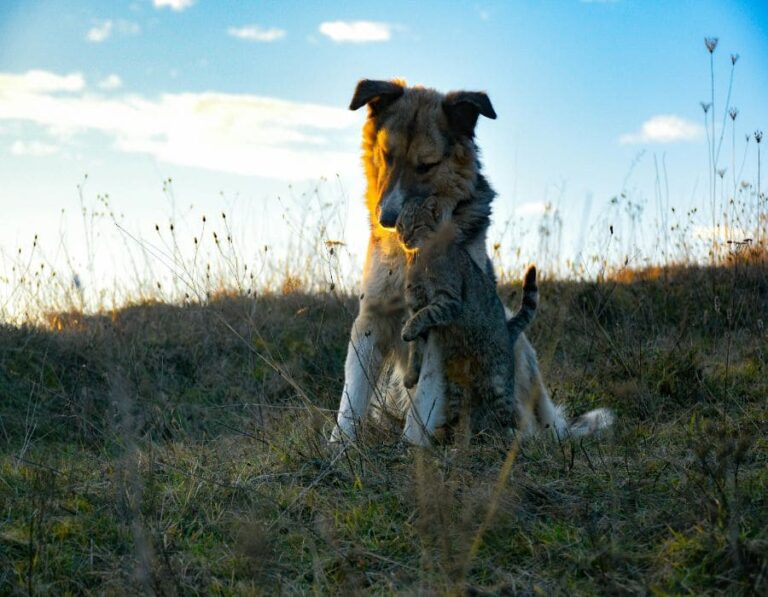12 Rare Cat Breeds That Are Difficult To Find
Cats come in an incredible variety of sizes, shapes, and colors. Familiar breeds like Persians, American Shorthairs, and Siamese are favorites among cat enthusiasts, but purebred cats represent only a small percentage of felines in the U.S.
Rare cat breeds are even more elusive, often available in limited numbers and requiring long waits with breeders or specialty catteries. That said, here are 12 of the rarest cat breeds in the world:
Scottish Fold

Named for their distinctive folded ears, Scottish Folds are instantly recognizable and irresistibly cute. The unique ear folds result from a gene affecting ear cartilage, though not all Folds inherit this trait. Originating from a barn cat in Scotland, the breed gained popularity across the UK in the 1960s. Today, Scottish Folds are beloved worldwide, counting celebrities like Taylor Swift among their fans.
Norwegian Forest Cat
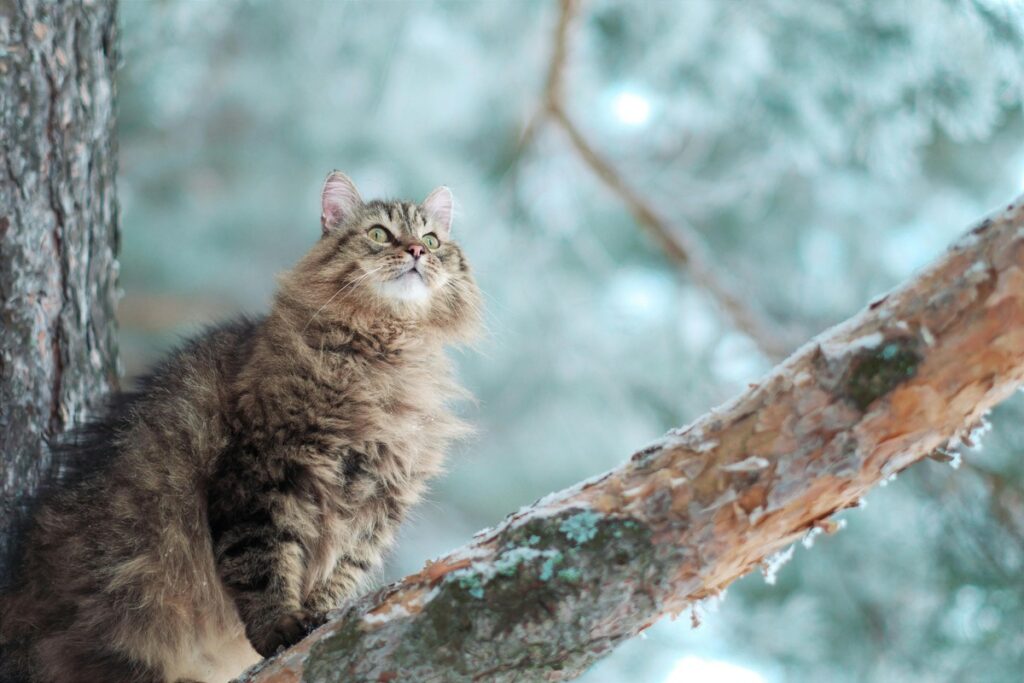
Hailing from Norway, the Norwegian Forest Cat, or “skogkatt,” is steeped in history and mythology. Thought to descend from domestic cats brought by ancient Romans, this natural European breed has roamed Norway for centuries. Introduced to the U.S. in the 1980s, these playful and athletic cats quickly became a favorite among American cat lovers.
Sphynx
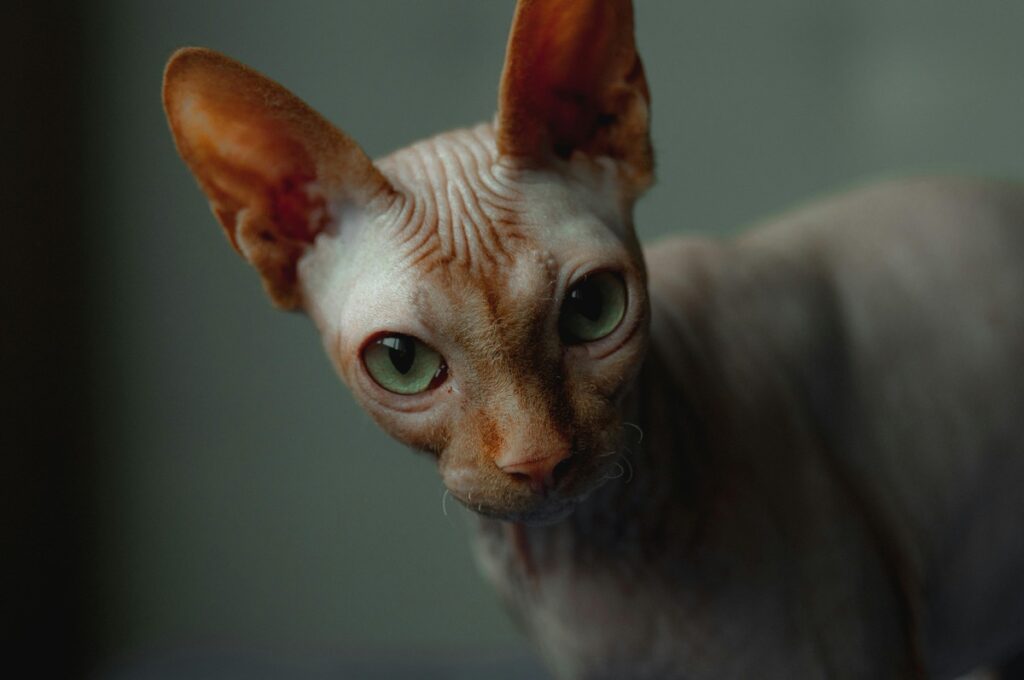
Known for their striking hairless bodies and oversized ears, Sphynxes are a unique and affectionate breed. Ideal for allergy sufferers, these cats crave warmth and constant cuddles. While hairless cats have been noted throughout history, the modern Sphynx originated from natural mutations in Minnesota and Canada. Unlike other breeds, Sphynxes are incredibly social, thriving on attention and playful interactions.
Egyptian Mau
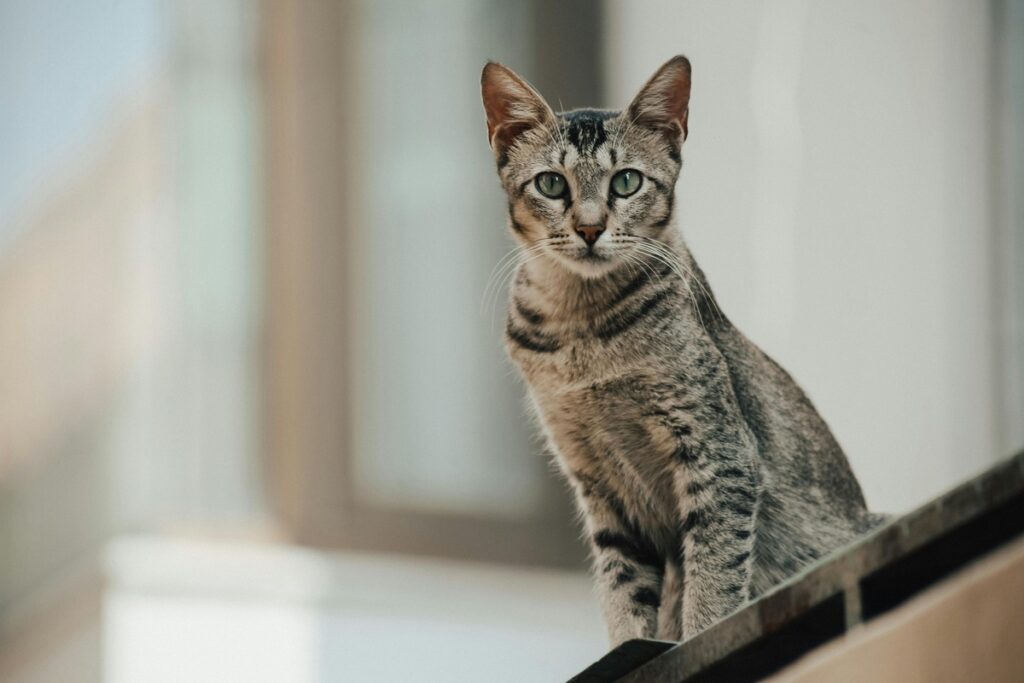
Renowned for their stunning spotted coats, Egyptian Maus are the only naturally spotted domesticated cat breed. With a history tracing back to ancient Egypt, they are believed to be one of the oldest domestic cat breeds. Introduced to the U.S. in the 1980s, Maus are adored for their beauty, companionship, and exceptional hunting skills.
Korat
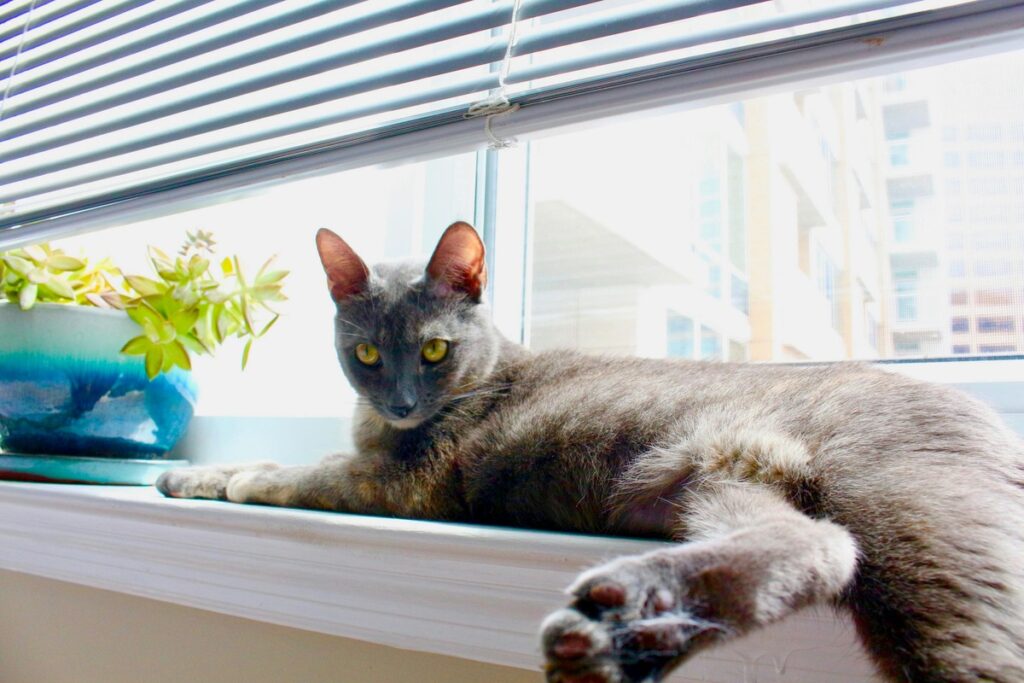
Korat cats, originally from Thailand, have a storied past dating back to the 13th century. Revered for their shimmering blue coats and luminous green eyes, they were known as “blue Siamese” when introduced to Europe in the 1800s. The breed arrived in the U.S. in the 1950s and gained championship status with the American Cat Fancier’s Association in 1966.
British Shorthair
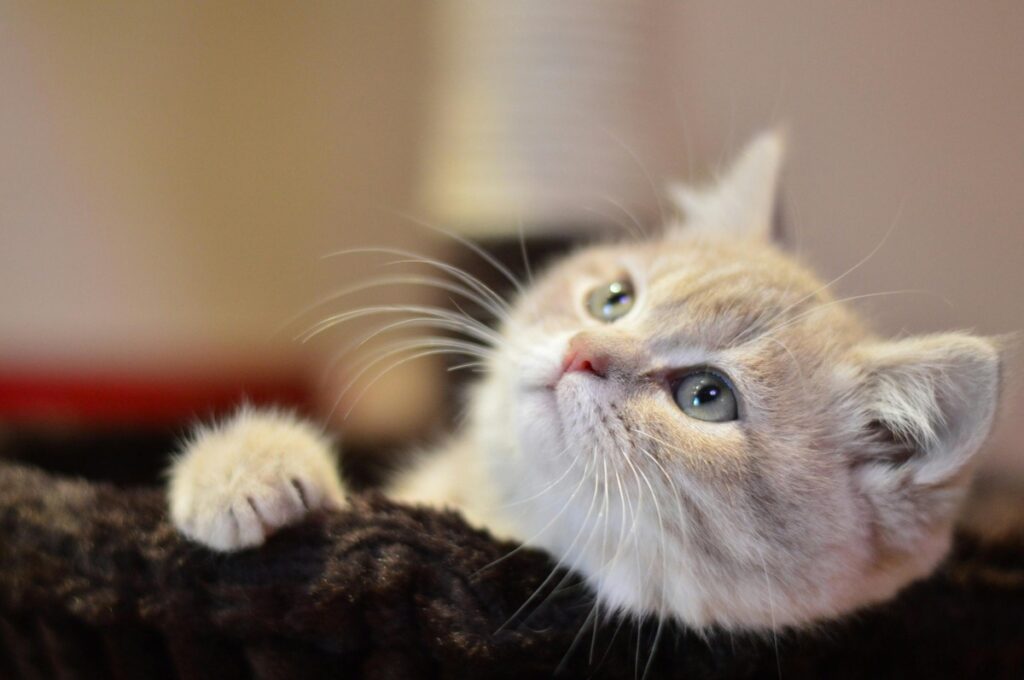
Calm, quiet, and dignified, British Shorthairs are ideal for those seeking a reserved feline companion. Native to Great Britain, these cats may have been introduced during the Roman invasion. Often called “British Blue” for their grey-blue coats, they remain a rare but cherished breed, officially recognized in the U.S. in 1967.
Peterbald
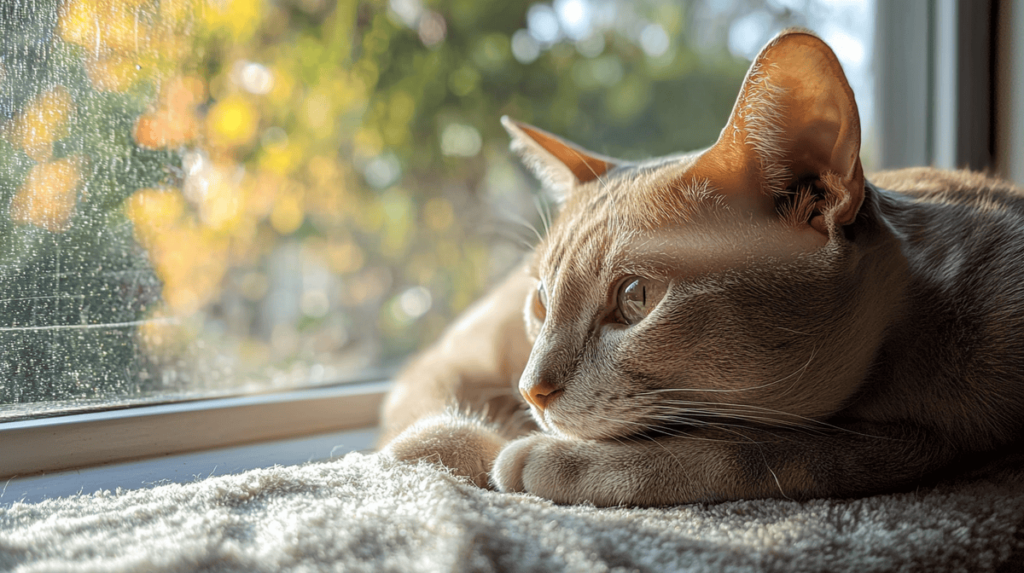
A modern marvel, the Peterbald originated in Russia in the 1980s, blending the hairless Don Sphynx with a refined Oriental Shorthair. The breed gained championship recognition in 2008 and is prized for its sleek, elegant appearance and affectionate nature. Despite its rarity, the Peterbald continues to captivate cat enthusiasts.
Minskin
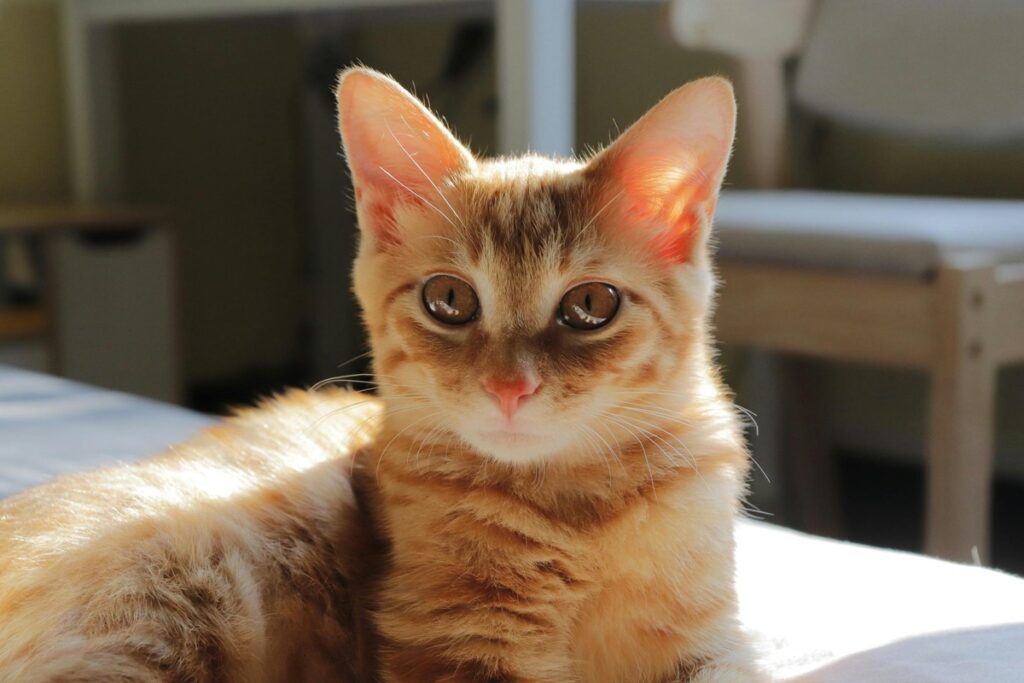
The Minskin combines the short legs of the Munchkin with the sparse coat of the Sphynx, creating a one-of-a-kind feline. Developed in Boston in 2000, this breed quickly gained attention for its adorable appearance and friendly personality. By 2005, the Minskin was officially recognized and remains a rare treasure among cat lovers.
American Bobtail
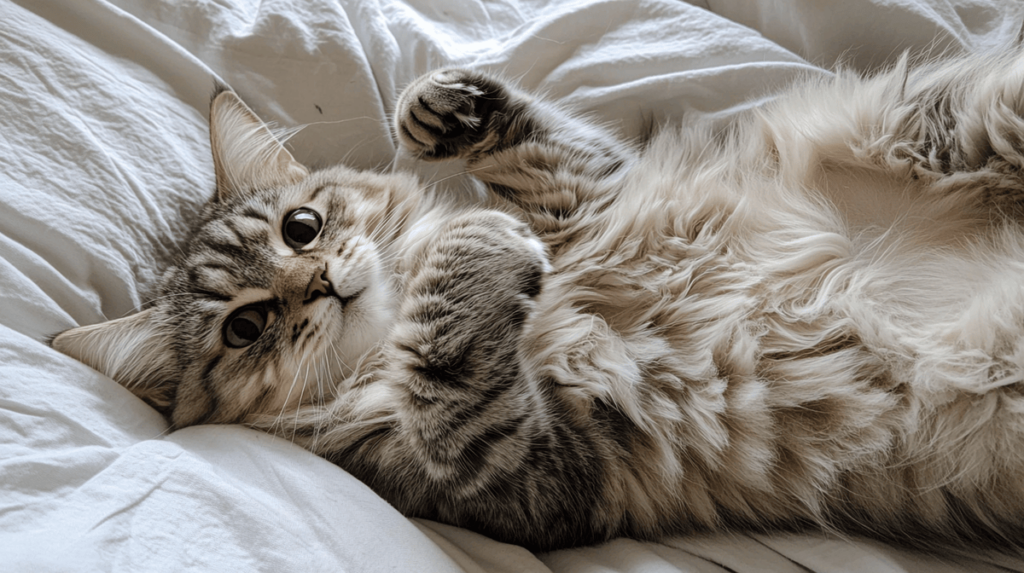
Resembling wild bobcats but fully domesticated, American Bobtails are a unique and hard-to-find breed. Emerging in the 1960s from a cat found at a motel in Arizona, they gained wider popularity in the 2000s. Known for their distinct bobbed tails, these cats are a delightful blend of wild looks and loving personalities.
LaPerm
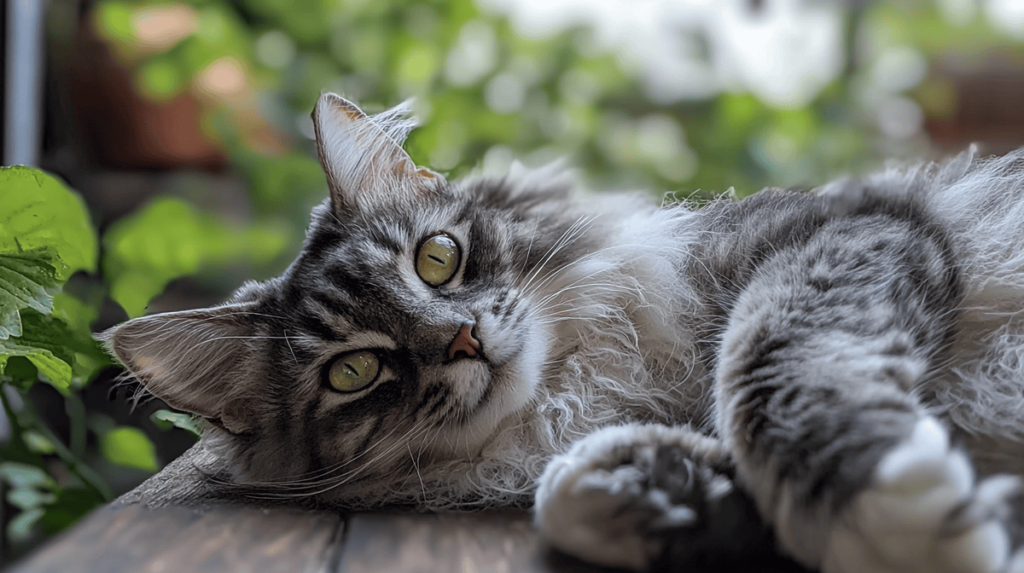
The LaPerm gets its name from its distinctive curly or wavy coat, which can range from tight ringlets to soft corkscrews in various colors. This breed began as a spontaneous mutation in a tabby farm cat in Oregon in the 1980s. By the 1990s, breeding programs were established, and the LaPerm achieved champion status in 2008.
Serengeti Cat
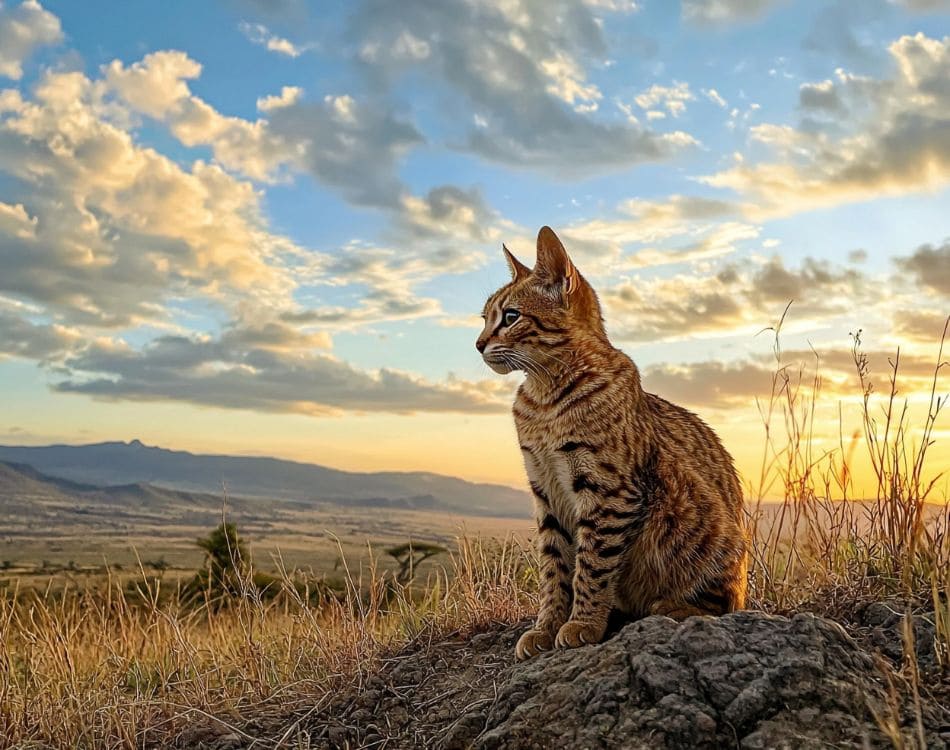
A cross between Bengals and Oriental Shorthairs, the Serengeti Cat boasts an exotic, spotted coat and an athletic build. Despite their wild appearance, they are affectionate and playful, making them a unique yet rare feline companion.
Chausie
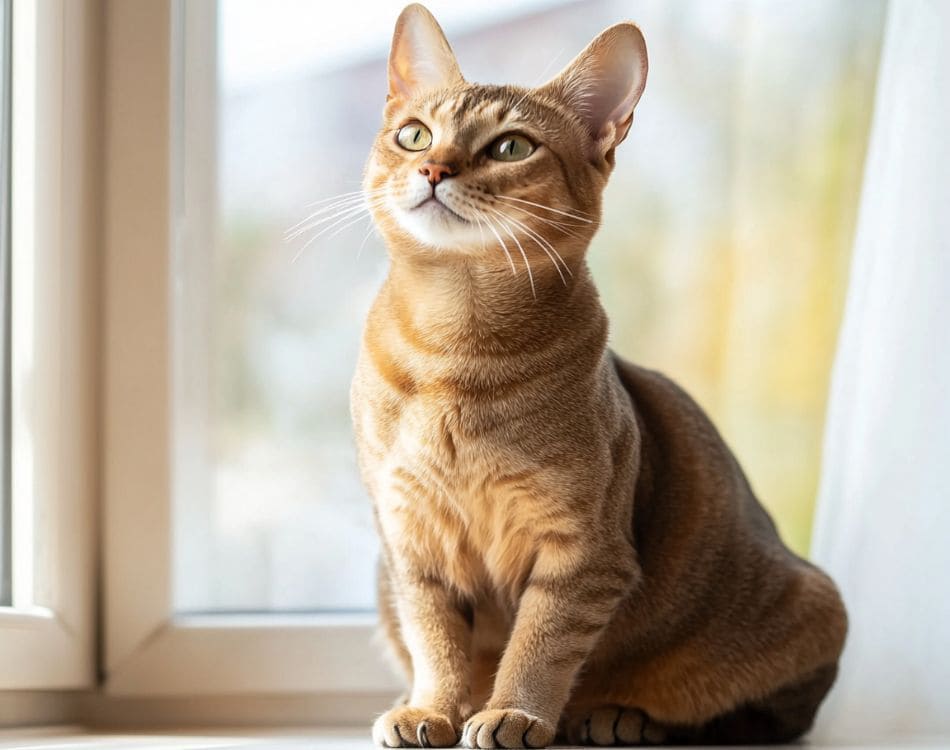
Originating from wild jungle cat hybrids, Chausies are strikingly elegant with long legs and a muscular frame. Their intelligence and high energy levels make them a challenging but rewarding breed for experienced cat owners.
Conclusion

Owning a rare cat breed comes with the excitement of having a truly unique feline companion, but it also requires commitment and responsibility. These breeds often have specific care needs and may be harder to find. Whether it’s their exotic appearance, fascinating history, or distinct personality, these elusive cats are truly special for those willing to go the extra mile to welcome them into their homes.


